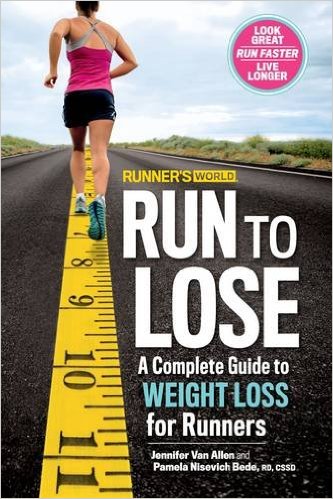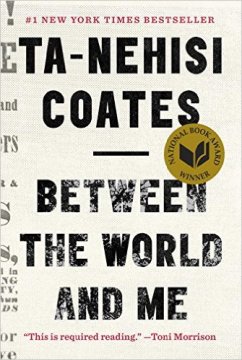It’s not everyday that one happens upon a book on foreign language pedagogy in one’s library. When I saw Teaching Spanish, My Way it surprised me that it would be something my library would carry. Most libraries don’t carry books about teaching unless they are connected to a college. I’m always looking for ideas to spice up how I teach, especially for my Spanish classes.
I had really high hopes for this book. Alas, they were two high. The opening chapter gives the author’s, Dee Eldredge, philosophy of teaching. It’s clearly meant for community or liberal arts colleges. Any high school or elementary teacher would have had a class on the topics that Eldredge addresses. Eldredge is sometimes patronizing in his tone regarding what “good” teachers should and shouldn’t do. It becomes humorous at some point, waiting to here what new shade he’s going to throw towards the “bad” teachers.
He then launches into a 100 page explication of Spanish language and grammar rules. This is definitely something you should read if you need a cure for insomnia. The odd thing about the inclusion of this chapter in the book seems to convey Eldredge’s feeling that most Spanish teachers have no background in Spanish language and culture. For me, as a high school Spanish teacher, it seems that Eldredge feels his collegiate colleagues aren’t well versed in these topics. So ultimately, this isn’t a book for high school teachers. If you’ve been certified to teach Spanish, you’ll know all of this already.
Eldredge means well, there was a lot of organizational problems compounded by poor writing. I liked best the historical analysis of the development of the Spanish language and liked least the 100 pages of Spanish grammar rules. This is more of a skim-to-read-what-you-want sort of book not a cover-to-cover read.

 legs. The same boy from the first book is in the second, and he encounters the problem without looking for it. The problem won’t leave him and as his frustration with the problem grows, the illustrations become darker until there’s no color, it’s just black and white.
legs. The same boy from the first book is in the second, and he encounters the problem without looking for it. The problem won’t leave him and as his frustration with the problem grows, the illustrations become darker until there’s no color, it’s just black and white. One advantage of working in a Pre K-12th school is that I get to hear about good books at all levels. As the meetings began at the beginning of our pre-week began (all you teachers out there know the drudgery of such meetings), I ended up next to the 1st grade teacher. She was really excited about a new book. She pulled it out of her bag and told me I had to read it right then.
One advantage of working in a Pre K-12th school is that I get to hear about good books at all levels. As the meetings began at the beginning of our pre-week began (all you teachers out there know the drudgery of such meetings), I ended up next to the 1st grade teacher. She was really excited about a new book. She pulled it out of her bag and told me I had to read it right then. The story basically begins with the epilogue from Deathly Hallows. I didn’t mind the epilogue, but, like most readers, I wanted more. Especially because I was interested to see if Harry’s son Albus would be a Slytherin. Being a Slytherin myself, I didn’t like how Slytherins were depicted in the original series. I felt that having Albus be a Slytherin would be a way for Rowlings to redeem herself. To a certain extend she does redeem herself making two of the central characters Slytherin and both of them are very complex. Much the opposite of the Crabbe/Goyle types we were mostly introduced to earlier.
The story basically begins with the epilogue from Deathly Hallows. I didn’t mind the epilogue, but, like most readers, I wanted more. Especially because I was interested to see if Harry’s son Albus would be a Slytherin. Being a Slytherin myself, I didn’t like how Slytherins were depicted in the original series. I felt that having Albus be a Slytherin would be a way for Rowlings to redeem herself. To a certain extend she does redeem herself making two of the central characters Slytherin and both of them are very complex. Much the opposite of the Crabbe/Goyle types we were mostly introduced to earlier. I saw this book in a book store and I thought it might be a good resource to have and a nice addition to the other books I own on running and fitness. Specifically, I thought this was going to be specific workouts to help get runners in shape.I get bored just racking up mileage. I like runs that are structured around changing incline and speed. It keeps my mind active and it helps the time go by. Unfortunately this book doesn’t have any specific workout plans other than your typical long runs, tempo runs, and speed runs.
I saw this book in a book store and I thought it might be a good resource to have and a nice addition to the other books I own on running and fitness. Specifically, I thought this was going to be specific workouts to help get runners in shape.I get bored just racking up mileage. I like runs that are structured around changing incline and speed. It keeps my mind active and it helps the time go by. Unfortunately this book doesn’t have any specific workout plans other than your typical long runs, tempo runs, and speed runs. To start off with, I think the choice to frame this book as a letter to his son was a brilliant choice. As the discussion was framed as a discussion rather than a lecture/speech/argument, I feel that readers can access the story bringing their own experiences and comparing/contrasting them with those that Coates is describing.
To start off with, I think the choice to frame this book as a letter to his son was a brilliant choice. As the discussion was framed as a discussion rather than a lecture/speech/argument, I feel that readers can access the story bringing their own experiences and comparing/contrasting them with those that Coates is describing.